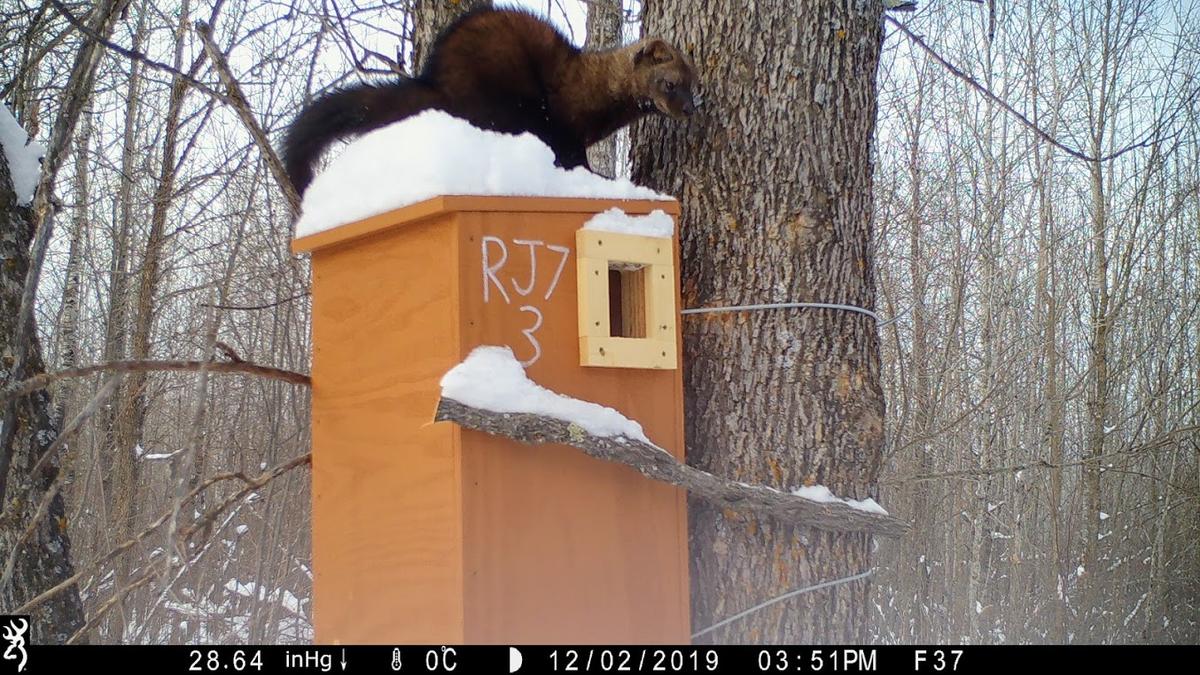So your trail camera picked up an image of a large, hairy creature. What is it? A badger? A wolverine? Or something else?
A Google search gives you the Wikipedia page with three kinds of badgers, the town of Badger, Minn., and the crazy Target Stores snafu earlier this year. Clicking along, you’ll find the Minnesota Dept. of Natural Resources badger information, and finally, a NRRI web page on badgers.
But NRRI is making finding information on Minnesota mammals a lot easier.
Senior Scientist Ron Moen is leading an effort to share information on mammals in Minnesota and the neighboring states and provinces. NRRI launched a new update of this web-based resource in June. It is available to anyone – agency researchers or the general public – and it will continue to expand and evolve. Each species page includes a photo, description, size, distribution and status, incidence in Minnesota and population trends. Other pages will have trail camera pictures, identification hints, and species comparisons.
The website is currently focused on 20 Minnesota carnivores based on past funding from Minnesota’s Environment and Natural Resources Trust Fund. Moen plans to expand the information to include other under-represented mammal species that people should know more about.
“Minnesota is home to 80 species of mammals,” said Moen. “And there’s a lot of interest in carnivores. But there are a lot of species that are kind of invisible, like the six species of shrews and some of the 33 species of rodents.
Each animal species has different roles in the ecosystem, and each species also affects humans in some way. The short-tailed shrew is found throughout Minnesota, and eats insects and mice all year long. The woodland jumping mouse hibernates for over half of the year. The white-footed mouse is a vector for Lyme’s disease. The more we know about all species, the better we can maintain ecosystem integrity, especially in the face of climate change.
“What species will we have in 20 – 30 years? As the climate changes, animals will adapt,” Moen said. “We have to document what we have today to understand the changes taking place.”
The website is available at mnmammals.d.umn.edu.
